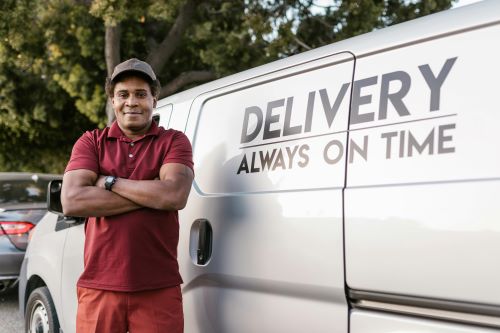 Changes to employment law in Australia came into effect last week that would enable the Fair Work Commission to provide platform or gig economy drivers, food delivery riders and parcel couriers with minimum employment standards for the first time; including superannuation, personal injury insurance and a safety net on pay.
Changes to employment law in Australia came into effect last week that would enable the Fair Work Commission to provide platform or gig economy drivers, food delivery riders and parcel couriers with minimum employment standards for the first time; including superannuation, personal injury insurance and a safety net on pay.
Last week in New Zealand our Court of Appeal unanimously rejected an appeal by Uber and upheld, with some criticism, the decision of the Chief Judge in the Employment Court that four Uber drivers are employees.
Essentially, the Uber business works as follows: riders/eaters download the Uber App; they advise Uber (via the App) of where they want to travel to/what they want to eat; Uber (via the App) offers the trip/food to available drivers; an available driver accepts the offer, collects the rider/food and drives to their chosen location. Riders and eaters make payment to Uber; Uber makes payment to the drivers.
The Court of Appeal criticised the Employment Court’s approach to the test provided in the Employment Relations Act. In deciding whether or not a worker is an employee or a contractor the Court “must determine the real nature of the relationship”. In doing so, the Court must consider “all relevant matters, including any matters that indicate the intention of the persons” and “not to treat as a determining matter any statement by the persons that describes the nature of their relationship”.
The Court of Appeal confirmed that the first step should be to look at the parties’ agreement and that the focus should be on the substance of the parties’ mutual rights and obligations. But the Court said that when dealing with contracts which are offered on a “take it or leave it” basis, it will be much less likely that labels and similar terms genuinely reflect the parties’ intentions about the real nature of the relationship.
There are multiple different contractual documents between Uber and their drivers. While the Court of Appeal determined that on their face the contracts did not appear to give rise to an employment relationship, but in practice aspects of the agreements were found to be ‘window-dressing’.
The Court of Appeal then went on to consider the three common law tests often used to determine whether an employment relationship is established; the control, the integration and the fundamental tests.
It examined the level of control Uber exercises while a driver is logged into the App and found that this was more consistent with an employment relationship. Drivers are logged out for repeatedly ignoring requests; if drivers repeatedly decline requests they are given warnings, suspensions, and ultimately termination of the relationship.
Interestingly, while the Court noted that Uber drivers do not wear uniforms and their vehicles have no Uber signage, nevertheless the Court found that the drivers are the public face of the Uber brand and are integrated into its business.
Considering these factors, the Court of Appeal then considered whether the drivers were really in business on their own account (the fundamental test). It said that when logged into the App, the driver has no opportunity to establish any business goodwill of their own, or to influence the quantity or quality of the work they receive, or the revenue from that work (except to the extent that Uber agrees to give them some preference in relation to access to ride requests, information about rides, or supplementary payments – as part of the control Uber exerts). The Court concluded that the drivers were supporting Uber’s business rather than running their own.
The ruling provides the drivers with access to minimum employment standards such leave entitlements, holiday pay and the minimum wage. Immediately, and unsurprisingly, Uber confirmed that it would appeal the decision and apply for leave to appeal to the Supreme Court. Uber has deep pockets and operates in a global market. It can certainly afford to litigate this issue as far as it can.
To date our most notable court decision on the employee/contractor issue is Bryson v Three Foot Six; where the Employment Relations Authority declared Mr Bryson to be a contractor, the Employment Court an employee, the Court of Appeal a contractor, before the case reached the Supreme Court and it finally concluded that Mr Bryson was an employee. Famously, the John Key lead National Government then changed the outcome of the Bryson decision for the film industry by enacting the so-called Hobbit law effectively making workers in that industry contractors.
In June this year the Workplace Relations and Safety Minister, Brooke van Velden, began work on law changes that could prevent workers from challenging their employment status in the courts. It also seems unlikely that the current government is considering any protections for a significant number of workers that are in effect vulnerable and “dependent contractors”. Read more....

